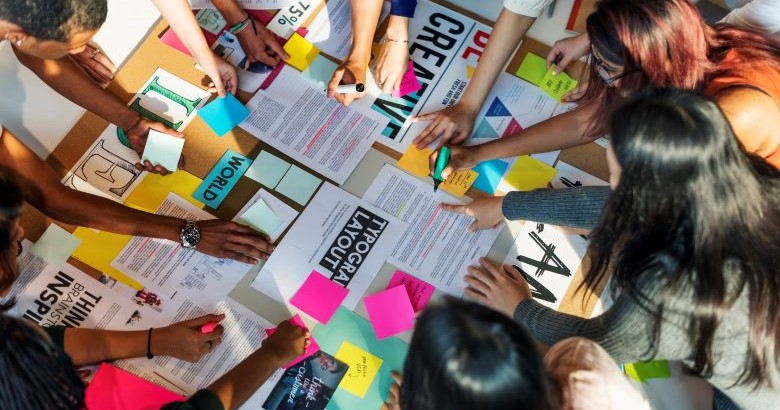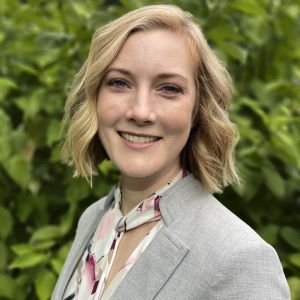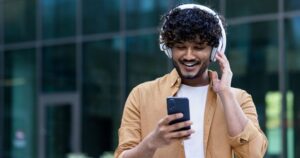By Dawn Peterson and Emily Tubman
Introduction
The Clinical Education team at Boston Scientific recently leveraged adult learning principles and a data-driven approach to redesign a Peer-to-Peer Mastery course. The following case study explores how flipping the classroom improved learner satisfaction, reduced costs, and more effectively aligned the course with how adults learn best.
The challenge
In a Peer-to-Peer Mastery course, expert physician faculty educate and train physician learners on the safe and effective use of medical devices for kidney stone and prostate procedures. The course was originally 1.5 days, and the format was 51% didactic lectures and 49% hands-on training. However, in post-course surveys, over 20% of attendees expressed that more hands-on training was needed. This indicated that the course could be modified to meet the identified learner needs.
Using a data-driven approach, the Clinical Education team sought to understand: how adults really learn, and how to redesign the course to align with those principles. They found:
- The course design did not consider evidence-based studies on how adults learn, which is by actively doing and discussing (two-way communication) rather than passively listening (one-way communication)
- The number of attendees impacted the amount of time each learner had at hands-on stations
- Physicians repeatedly presented the same unidirectional (from faculty to attendee) lecture content across courses
- The 1.5-day format of the course involved costs related to the facility rental, meals, and faculty payments. It also involved opportunity cost for attendees, who took time away from their medical practice and personal lives to participate.
The solution
The Clinical Education team “flipped the classroom” in 2024, putting lecture content that could be consumed by the learner at any time on an online learning platform and reserving the course time for interactive discussion and hands-on training. In collaboration with the Digital Education team, the Clinical Education team filmed all of the lectures at the first course of the year and used the content to create short microlearning videos on key topics. Physician learners were assigned the videos as mandatory pre-work and were required to complete a reflection exercise after viewing .
The reflection exercise component had several intended benefits. First, it could only be accessed after the learner watched all the videos, which ensured completion of the exercise. Second, evidence suggests that reflection, versus knowledge checks, is a better way for learners to think about what they learned rather than regurgitate it. Lastly, the answers to the reflection exercises were provided to faculty ahead of the course to help them understand the needs of the learners and prepare more effectively.
The outcome
The Peer-to-Peer Mastery courses in 2024 were reduced from 1.5 days to one day of in-person learning, eliminating the need for a second day. By the final course, the format of the in-person learning went from 51% didactic lectures and 49% hands-on training to 0% didactic and 100% discussion and hands-on training. After the change in format, 0% of attendees commented that more time was needed for hands-on training.
Twenty-one new pre-work videos were developed. The pre-work was completed by 69% of learners for the first flipped classroom course and increased to 100% of learners for the second course.
The average logistical cost per course was reduced by 56%. Faculty payments decreased because pre-course preparation, including slide review and content development, was reduced or eliminated. This also lifted a burden for internal content reviewers, as they no longer needed to review content changes ahead of each course.
Although the changes to the course benefited both physician learners and the business, the change required initial upfront work to film hours of lectures, edit the videos, and obtain content approval for the 21 new training videos that were developed. Therefore, support for this months-long project spanned multiple groups and functions, including Clinical Education, Digital Education, Regulatory, Clinical Strategy, and Medical Safety.
Conclusion
Several teams came together to modify the Peer-to-Peer Mastery course to meet the identified learner needs. By flipping the classroom and getting information to the learners in advance of the in-person course, we enable faculty and attendees to maximize their time together and focus on hands-on training and discussion, which data supports as a better practice for effective adult learning. This change positively impacted the learners’ experience and resulted in time and cost savings. The Clinical Education team continues to evolve the course in 2025.
References
- Deslauriers L and Wieman C. Learning and retention of quantum concepts with different teaching methods, Phys. Rev. ST Phys. Educ. Res. 7, 010101 (2011).
- Deslauriers L., McCarty LS, Miller K, Callaghan K, and Kestin G. Measuring actual learning versus feeling of learning in response to being actively engaged in the classroom. Proc Natl Acad Sci U S A. 2019 Sep 24;116(39):19251-19257.
- Freeman S, Eddy SL, McDonough M, Smith MK, Okoroafor N, Jordt H, and Wenderoth MP. Active learning increases student performance in science, engineering, and mathematics. Proc Natl Acad Sci U S A. 2014 Jun 10;111(23):8410-5.
- Crouch C and Mazur E. Peer instruction: Ten years of experience and results. Am. J. Phys. 2001 Sep; 69(9): 970-7.
Image credit: Rawpixel











